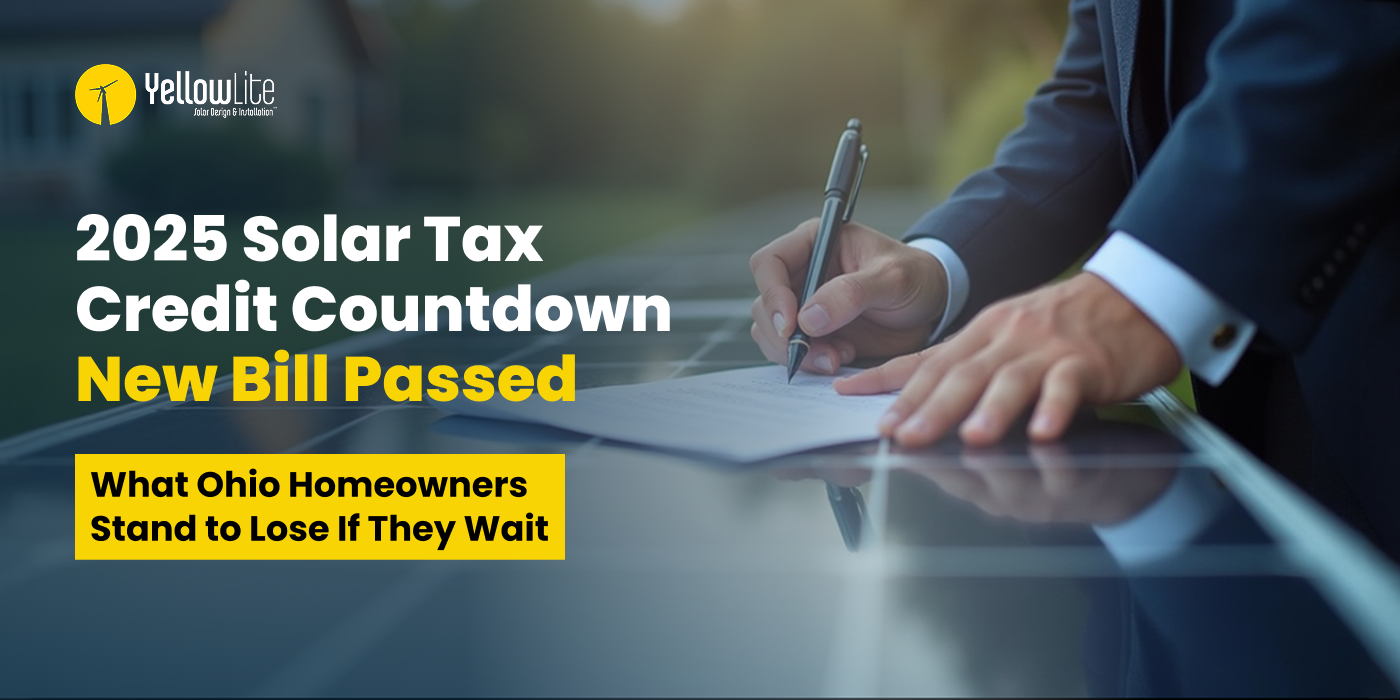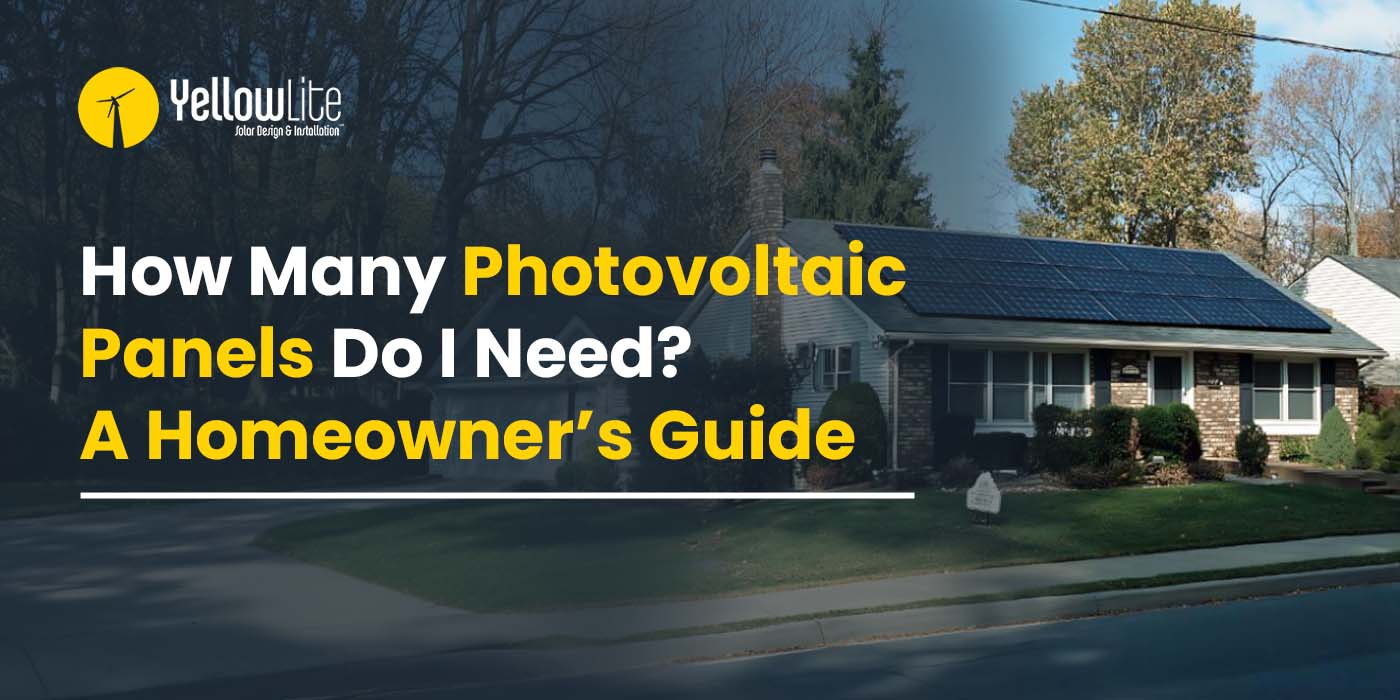Solar 101: Parts & Function of a Solar Energy System
In basic terms, solar power is one large entity that converts solar power into consumable electricity. However, it is more complicated than that. There are several major parts that perform their role. Solar energy is collected, transported, and converted into electricity. It is important to understand the role of all major components in order to know how the solar energy system works as a whole.
Whether you are a DIYer or a learner, this blog will help you make the right choice. Let’s dive into the main components of a solar energy system.
Solar Panels
The most important item within the solar industry is the solar panels. Solar panels are also called photovoltaics or PV in short. Solar panels collect raw solar energy from the light of the sun and produce an electric current from it. The current is produced in DC form and is transported to the inverter. There are different types of PV panels on the market. For instance, monocrystalline, polycrystalline, and thin-film. The only difference is in the manufacturing materials. Choosing the right type will affect the overall efficiency of the energy system.
Solar Panel Mounting System
To securely mount the solar panels, supportive frames and racking mounts are used. Mounting equipment is also important because it ensures a secure structure for solar panels. The mounting system is used in both roof and ground mounted solar panels. There are several purposes for these mounts, as they ensure that panels are facing directly at the sun to enhance system performance. Mounts also enhance the airflow under the panels to keep the temperature under control.
Solar Inverter
The inverter's job is to convert the energy produced from solar panels. Solar panels produce DC voltage that is not compatible with appliances. Home appliances run on AC voltage, so the inverter is used to convert DC voltage into AC voltage. As the component that receives, converts, and sends electricity, it is the heart of the solar power system. Many inverters also come with a built-in monitoring system to track energy production. There are 3 types of inverters available in the market: Micro Inverter, String Inverter & Power Optimizer.
PV Cables & Connectors
All of the electrical wiring used in a solar power system is crucial to the system’s ability to operate. The cables used for solar panels should be of the highest possible quality because they would need to endure harsh outdoor weather and transport the current efficiently. The connectors also hold equal importance because a low-quality connector will get corrosion and carbon over time, resulting in short-circuiting or inefficient current supply. Its recommended to not overlook PV Cables and connectors when installing a solar energy system.
Energy Storage Battery
As an additional accessory, solar batteries can also be installed to avoid power blackouts. Having solar batteries is incredibly beneficial if you are living off-grid. A solar energy system equipped with batteries will give you the ultimate freedom. As in the daytime, you will be utilizing solar power while charging batteries. Once the sun goes down, the batteries will start to power your house.
Yellowlite is a certified solar energy system installation expert, offering its services for more than a decade. Contact experts at Yellowlite and get a free consultation and quotation on your new system installation or system upgrade.



